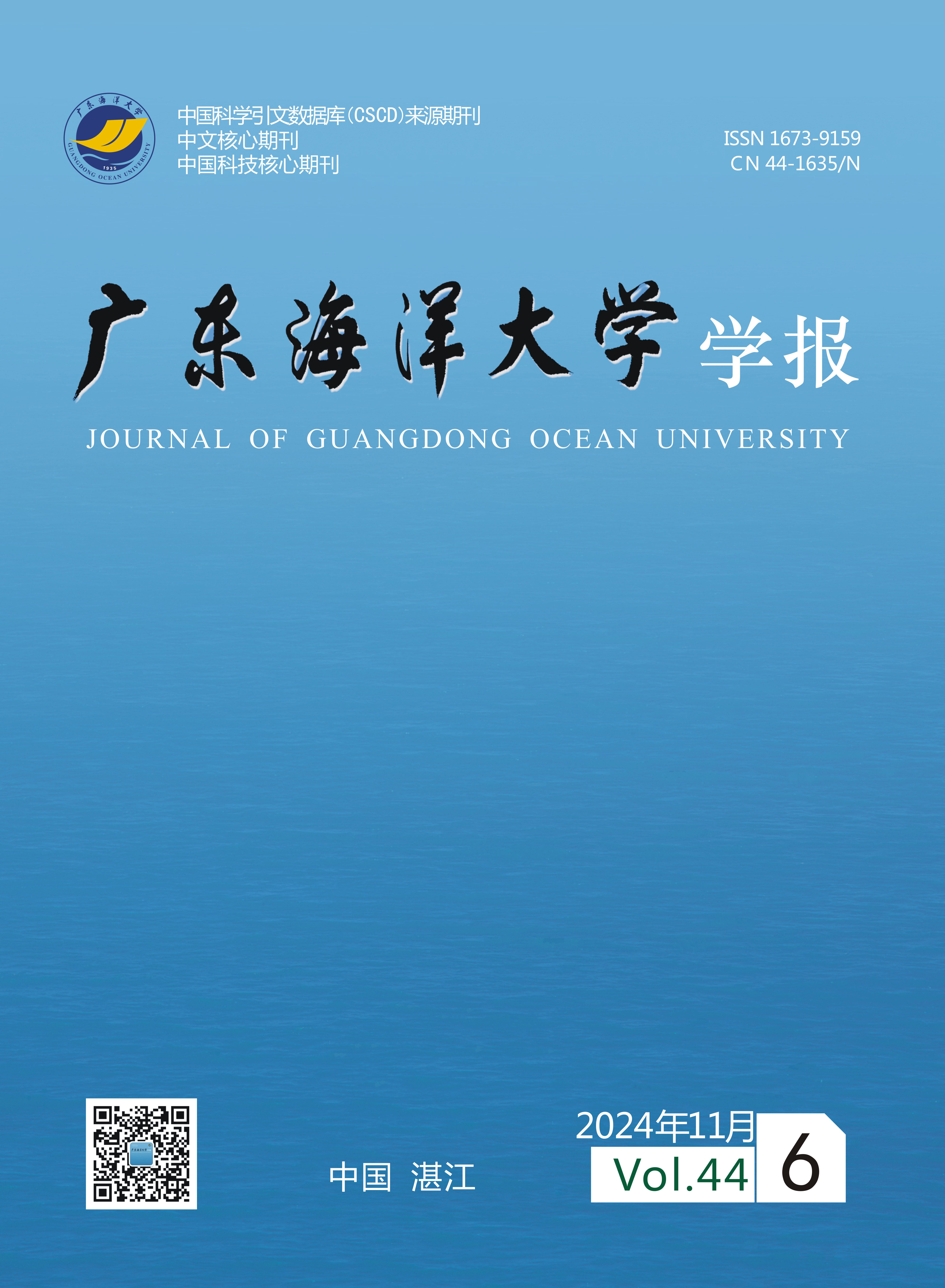Position: Home > Articles > Morphological Taxonomy on Genus Elachista (Choradariales, Phaeophyta) from China Seas Ⅱ, with Description of One New Species
Journal of Guangdong Ocean University
2019,39
(4)
1-4
中国短毛藻属Elachista的分类学Ⅱ -包括1个新种
作 者:
丁兰平;刘金梅;姜晶晶;栾日孝;黄冰心
单 位:
天津师范大学生命科学学院;大连自然博物馆
关键词:
短毛藻属;分类;新种;褐藻;中国海
摘 要:
[目的]研究采自我国沿海岸的褐藻门短毛藻科Elachistaceae短毛藻属Elachista的分类.[方法]对采自我国沿海岸的短毛藻进行形态学鉴定,描述新种的形态特征以及其他分类学信息,并与相似种进行比较.[结果]鉴定出长海短毛藻E.changhaiensis Luan et Ding、短毛藻E.fucidola(Velley)Areschoug、暗色短毛藻E.fusca Luan et Ding和细枝短毛藻E.tenuissima Luan et Ding sp.nov.等4个种,含新种1个.细枝短毛藻藻体暗褐色,半球形,直径4~5 mm;基部由薄壁细胞组成基垫;同化丝可分成长同化丝和短同化丝,长同化丝较短,长1~2 mm,由63~128个细胞组成,直径6.0~9.5μm;短同化丝较长70~225μm,直径3.5~6.0μm.单室囊囊状,多室囊线状.模式标本存在中国科学院海洋研究所海洋生物标本馆(AST).
译 名:
Morphological Taxonomy on Genus Elachista (Choradariales, Phaeophyta) from China Seas Ⅱ, with Description of One New Species
作 者:
DING Lan-ping;LIU Jin-mei;JIANG Jing-jing;LUAN Ri-xiao;HUANG Bing-xin;Collage of Life Sciences, Tianjin Normal University, Tianjin Key Laboratory of Animal and Plant Resistance;Institute of Oceanology, Chinese Academy of Sciences;Dalian Museum of Natural History;
关键词:
Elachista;;taxonomy;;new species;;brown algae;;Chinese seas
摘 要:
【Objective】To study the taxonomy of genus Elachista(Phaeophyta, Elachistaceae) from the Chinese coasts. 【Method】The specimens of genus Elachista were investigated from the Chinese coasts,and identified by morphological classification methods. The new species morphological characters were described, and compared with similar species.【Result】Four species were identified, including one new species, viz. E. changhaiensis Luan et Ding, E. fucidola(Velley) Areschoug, E. fusca Luan et Ding and E.tenuissima Luan et Ding sp. nov.. Thalli of the new species are dark brown, hemispheric, with 0.4―0.5 cm in diameter, and epiphytic on other macroalgae. The bases consisted of parenchymal cells to a cushion-like structure, with a few cells of the lower portion stretching into the host cortical tissue. The cells of the cushion-like part are irregularly cylindrical, 20―75 μm long(L), 10―25 μm broad(B), and L/B 2―5. The assimilating filaments were born on the cushion-like structure, consisted of long assimilating filament and short assimilating filament(paraphysis). The long assimilating filaments are 1―2 mm long and consisted of 63―128 cells with 1.2―30 μm, 10―25 μm and 15―32 μm long, 6―8 μm,6.0―8.5 μm and 6.0―9.5 μm broad, and L/B 1.6―5.0, 1.2―3.7 and 1.6―5.3 at the lower, middle and upper part, respectively. The short assimilating filaments are 70-225 μm long and consisted of 5―15 cells with 15―20 μm and 15―25 μm long, 3.5―5 μm and 4.5―6.0 μm broad, L/B 3.0―5.7 and 3.3―4.2 at the lower and upper part, respectively. The unangia are sessile, saccate, born on the base of the assimilating filaments, 75―140 μm long and 20-40 μm wide. The plurangia are linear, unbranched or few branched. Habitat: The plants are epiphytic on the thalli of Sargassum sp. at the low tide zone. It is endemic to Gulei town, Zhangpu, Fujian Province, China. Geographical distribution: East China Sea.Holotype: AST20009180, collected by Luan Rixiao on May 18, 2000 at Zhangpu, Fujian Province, China.




